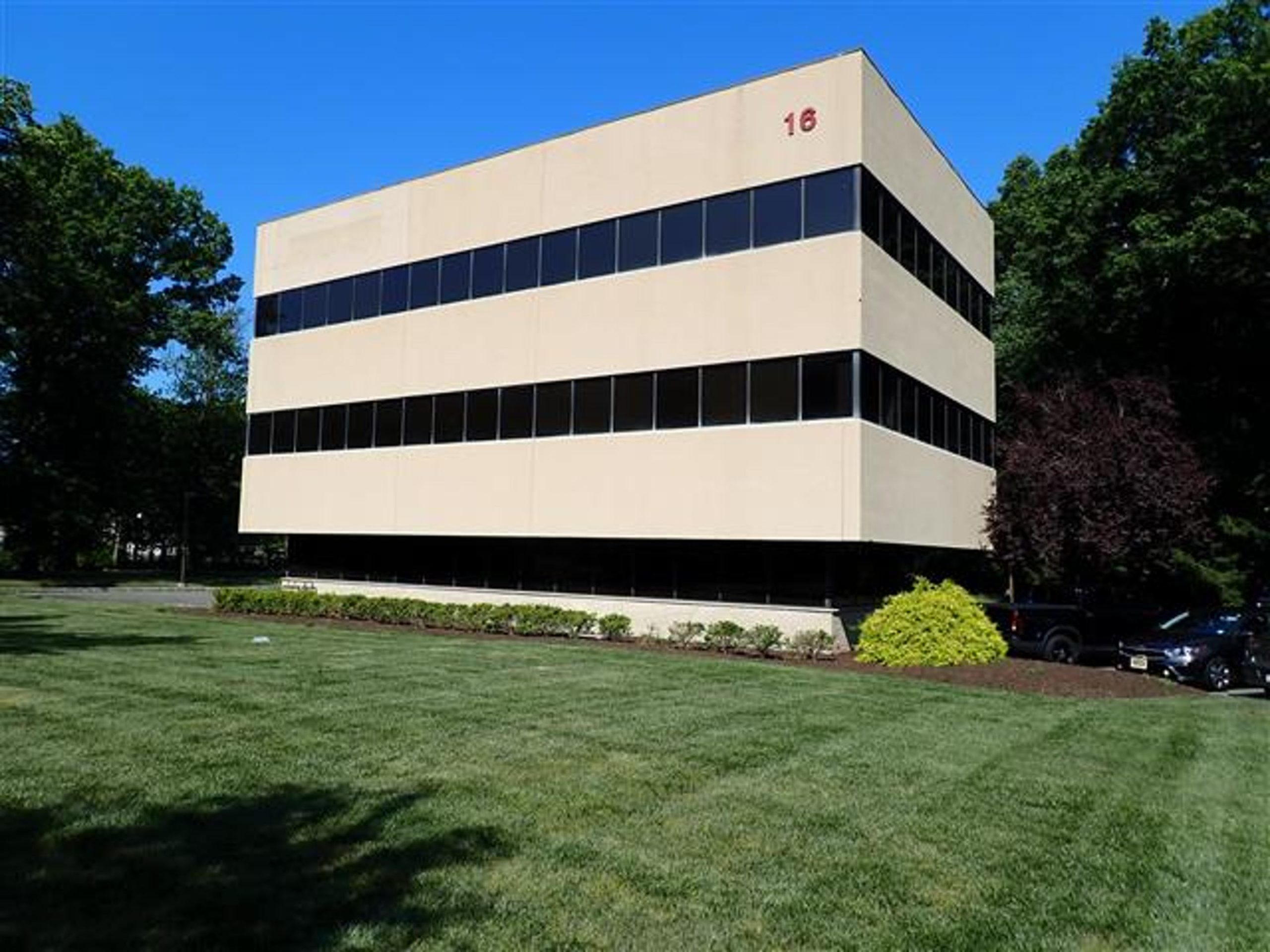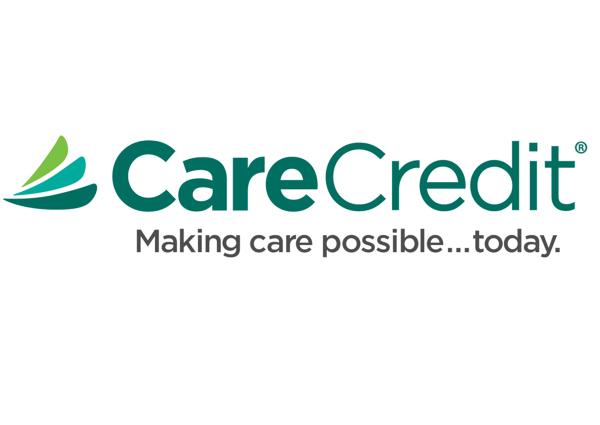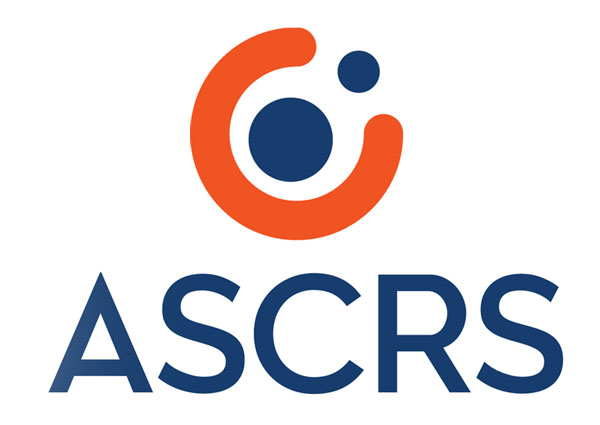The Perks of Choosing Our Practice

Free Consultations
We provide complimentary LASIK evaluations so that we may evaluate your refractive error, corneal thickness and health, and other issues. We can determine if you are an excellent candidate for LASIK treatment during this free LASIK examination.
Financing Options
Rather than paying the entire cost of LASIK surgery up front, many patients opt to divide the cost into manageable monthly installments. Because we accept financing through CareCredit, we can assist you with the application process during your consultation.
Experience
With offices in Whippany, Laser Vision Correction Center of New Jersey has been servicing the Northern New Jersey region for over four decades. Our surgeons are also members of the American Society of Cataract and Refractive Surgery.
See the Results LASIK Can Achieve


LASIK can bring the world into improved focus.
Blurred vision can make simple tasks difficult.
Contact Our Practice

Dr. Kenneth S. Miller has decades of experience and routinely conducts LASIK treatments in our Northern New Jersey clinic. Contact us directly to learn how this surgery might enhance your quality of life. Allow at least one hour for the thorough, dilated examination and questions with Dr. Miller. Evening appointments are available at your convenience.
Contact us online to ask a question or request a consultation at our Whippany office. You can also reach us by phone:
LASIK Eye Surgery Has a Track Record of Success
90% of patients have 20/20 or better vision
96% of patients are satisfied following surgery
99% of patients have 20/40 or better vision
LASIK Can Improve Your Vision Immediately
Reduced Hassle
LASIK can reduce your need for glasses or contacts, freeing you of the inconveniences of wearing corrective lenses on a regular basis. You no longer need to hunt for misplaced eyeglasses or wear, remove, and clean contact lenses.Immediate Results
Although it may take up to six months for your results to stabilize, the majority of our patients at Laser Vision Correction Center of New Jersey see an improvement in their vision immediately following LASIK.Freedom and Flexibility
After LASIK eye surgery, you will be able to engage in a greater variety of activities with far more ease. You may enjoy your life without worrying about losing or breaking your glasses or contacts.Vision Candidates
Lower-Order Aberrations
Patients with nearsightedness (myopia), farsightedness (hyperopia), and astigmatism benefit from LASIK eye surgery. Due to anomalies in the shape of the cornea, these lower-order refractive errors create blurred vision, which can be temporarily corrected using glasses or contact lenses.
- Nearsightedness: Nearsighted patients have difficulty seeing objects at a distance because the cornea is too steep or rounded.
- Farsightedness: Farsighted patients have difficulty seeing objects up close because the cornea is too flat.
- Astigmatism: Patients with astigmatism may have difficulty seeing objects at all distances because the cornea is shaped more like an egg rather than a round ball.
Higher-Order Aberrations
We can further enhance the quality of your vision with customized LASIK by correcting higher-order aberrations. These are caused by more subtle abnormalities of the eyes, which can be detected by the wavefront imaging technology employed during the individualized LASIK treatment. There are many of sorts of higher-order aberrations, but we can treat these most common ones:
- Difficulty seeing at night
- Contrast issues
- Halos
- Glare
- Blurring
- Double vision
- Starburst patterns
Treatment Is Quick and Painless
LASIK is a painless procedure with a short recovery period for correcting vision. It involves carefully modifying the corneal tissue beneath a protective flap established on the cornea's outermost layer.
Anesthesia
Patients have the option of taking anti-anxiety medication prior to their procedure in order to remain calm during their treatment. Before beginning LASIK eye surgery, the patient's eyes are numbed using anesthetic drops.
Creation of the Flap
Our surgeon utilizes a femtosecond laser called IntraLase, which is set to form a three-sided flap in the cornea's superficial layer. The laser can create flaps with the exact thickness needed for successful results in a safe manner.
Corneal Reshaping
After the protective flap is folded back, the underlying corneal tissue is precisely reshaped using the VISX S4TM excimer laser, allowing light to focus appropriately on the retina in the back of the eye. The laser reshaping part of the operation is normally painless and takes less than a minute.
Replacing the Flap
Once the reshaping is complete, the flap is returned to its original position, where it will naturally join with the surrounding tissue.
LASIK Recovery
LASIK has become the most common laser vision correction operation worldwide, with millions of surgeries performed annually. Popularity is due to the surgery's high rate of success and short recovery time.
Vision Improvement
Side Effects
Quicker Healing
Discomfort after Surgery
Following surgery, our patients usually have only minor discomfort. Patients should take a nap following surgery, according to the Laser Vision Correction Center of New Jersey, to avoid irritated eyes caused by blinking. Patients can also use pain relievers to help with their discomfort. Any pain is usually gone after a few hours following the treatment. The eyes may be sensitive to light at this point. Staying indoors for a few days under low-light settings can be helpful.





